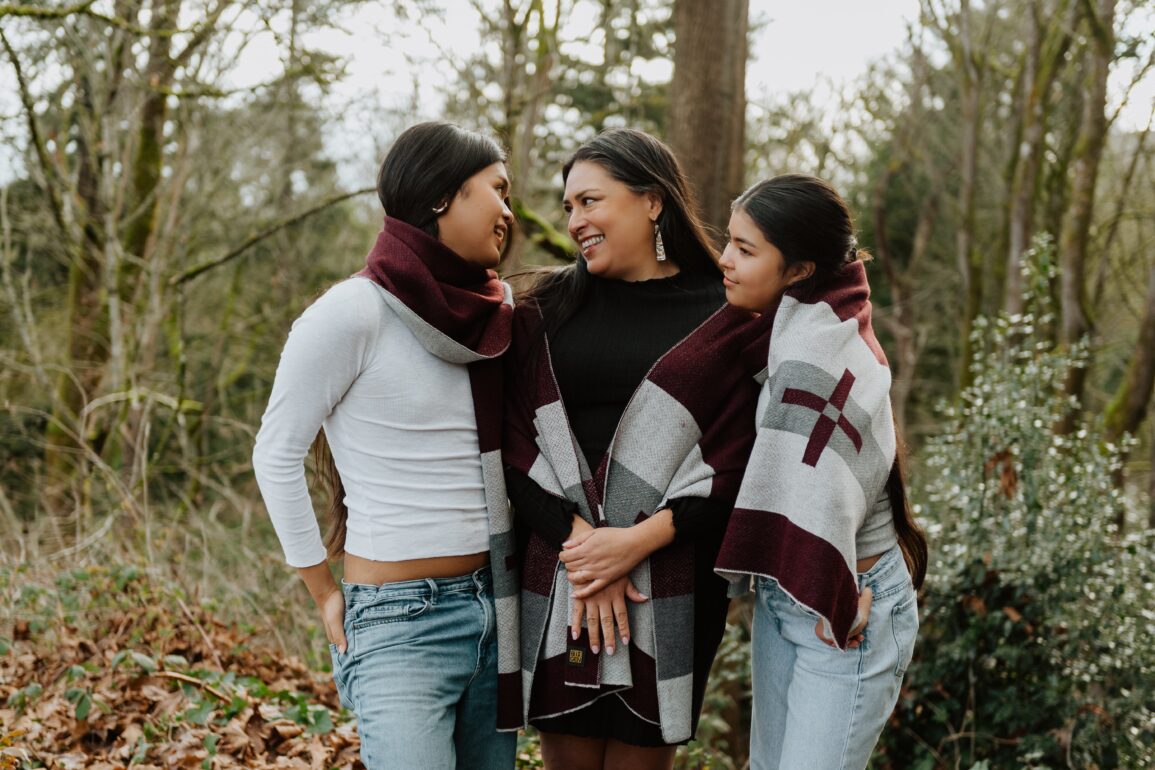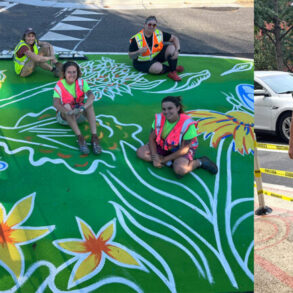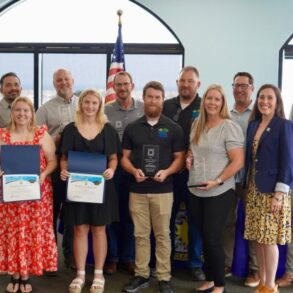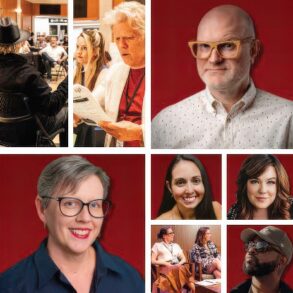In the heart of Seattle, a business is challenging traditional notions of corporate ownership. It’s doing this by preserving and celebrating Native American art and culture and embracing the model of shared ownership between the artist and business. Eighth Generation, a Native-owned lifestyle brand founded in 2008, proves shared ownership and collaborative artistic partnerships can create commercial success while preserving culture.
Unlike most companies owned by individuals or shareholders, Eighth Generation operates under a unique tribal ownership structure. The company, founded by Louie Gong of the Nooksack tribe, was sold in 2019 to the Snoqualmie tribe—making it one of the few tribally owned lifestyle brands in the country.
“There’s just not many businesses like Eighth Generation that are owned by a tribe,” explains CEO Colleen Echohawk. “We’re always learning something new, we’re always going our own way and trying out what’s going to work, what’s not going to work.”
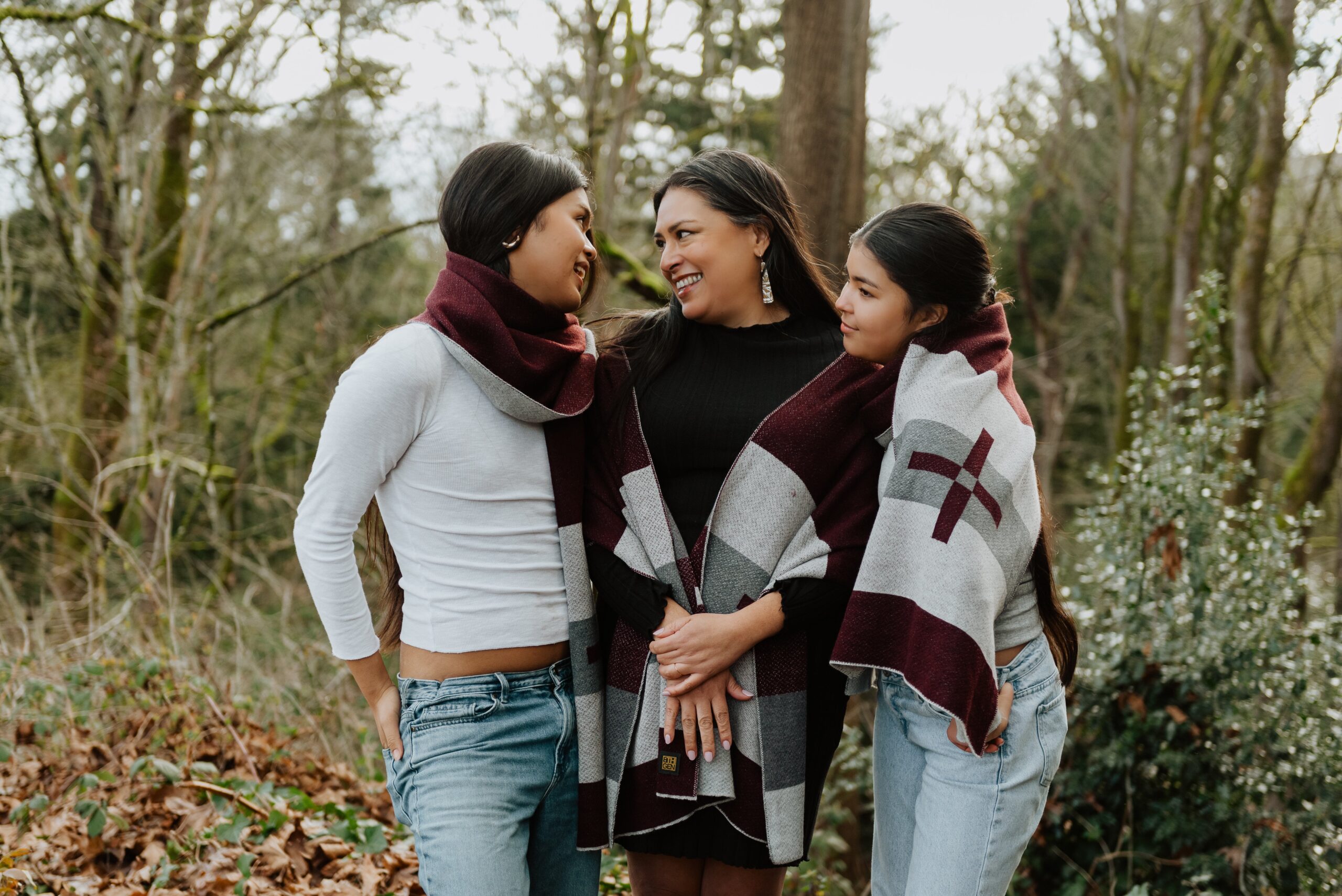
This model of shared ownership has profound implications for both business operations and the community. Each piece sold by Eighth Generation includes an artist description, a collaborative social post, and fair say in what new pieces are made with the artwork. The company maintains close collaboration with the Snoqualmie tribal council to ensure business decisions align with tribal values and community needs.
Revolutionizing artistic partnerships
One of Eighth Generation’s most innovative approaches is its artist licensing model. It chooses to license artwork instead of purchasing it outright—a common practice that has historically disadvantaged Native artists. Eighth Generation also keeps close relationships with creators throughout the product development process.
“What has happened in the past is that someone, a Native artist, may be working with a big brand and they say, ‘Hey, we love that design.’ And then they buy it from that artist and then they can slap it on whatever they want,” Colleen says. “We really want our artists to know that as a tribally owned business … we want them to feel ownership of what they’re putting out there.”
This shared ownership allows Native artists to be involved and profit fairly off of their own work.
To implement a similar model, include:
- Licensed work rather than purchased artwork
- Collaborative product development
- Artist approval at every stage
- Artist cards included with each product
- Ongoing relationship maintenance
Marketing authenticity: “Inspired Natives, not Native-Inspired”
The company’s tagline, “Inspired Natives, Not Native-Inspired,” directly addresses a longstanding issue in the industry, where non-Native companies appropriate Native designs without attribution or compensation. Eighth Generation’s marketing strategy focuses on authentic storytelling that shares the journey of each individual artist and piece.
In each order, customers receive an artist card, breaking down the background information of the creator behind each design. When possible, it includes detailed product origin stories and artist information so customers can feel connected to the product at every point throughout its production.
This open and vulnerable approach has led to significant successes, including social media videos receiving more than five million views, global expansion into the UK, Germany, and Japan, and a prominent British Vogue cover featuring Eighth Generation’s Coast Salish pattern wool blanket.
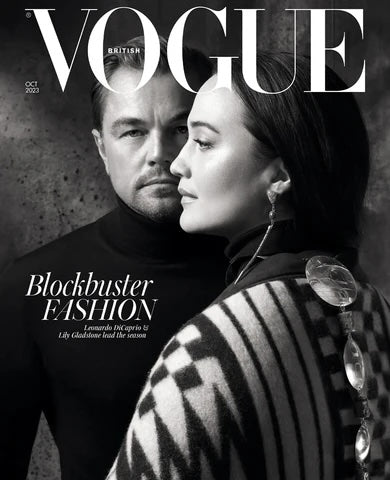
Using data-driven decision making
The dedication to authentic storytelling doesn’t come at the cost of analytics. Colleen’s approach to business management is deeply rooted in data analysis. “Every morning I wake up and I check the news when laying in bed, of course … and then I check Shopify analytics because I want to see what happened yesterday,” she shares. This information drives crucial decisions about product development, marketing strategies, international expansion, and inventory management.

The success of Eighth Generation’s business model portends a promising future for Native-owned businesses and any other minority-owned ownership structures. As Colleen says, “I want the nonprofit world, the philanthropic world, to really be thinking about investing in Native-owned businesses as part of our work of addressing the generation of the wealth gap.”
The model of shared ownership offers valuable lessons for any entrepreneur looking to build businesses that prioritizes both profit and purpose. Catch the full video interview on the Shopify Masters YouTube channel.
This post was originally published on this site be sure to check out more of their content




